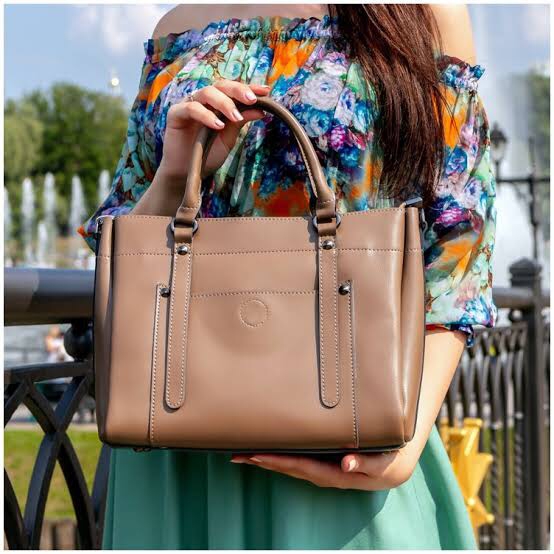Although it resembles real leather, vegan leather is made from synthetic or plant-based components. PVC and polyurethane are frequently used to manufacture vegan leather, especially in the fast fashion industry. Not exactly the most environmentally friendly option, given these materials, are made of plastic and petroleum.
However, other materials, like cork, paper, and even bananas, can also be used to make vegan leather. Yes, you read that right. You can make your handbag using the same elements that go into your morning smoothie.
Depending on how it was produced, vegan leather may or may not be considered “sustainable.” For instance, while not directly harming animals during manufacture, alternatives to leather made of plastic might still take years to decompose, which is bad for the environment.
But is that plastic pollution more harmful than the effects of conventional leather on the environment? Animals are not only killed every year for their skins and hides, but even the tanning procedure (which turns hides into leather) has a bad reputation.
Heavy metals are used in tanning and dyeing, and they can leak into streams and kill marine life. What sustainability considerations are important to you ultimately determines how you should proceed. No green product can ever be flawless. While plastic-based leather doesn’t directly kill animals but may not biodegrade and can emit deadly poisons, real leather directly harms animals and is produced using chemicals. It somewhat produces a “lesser of two evils” situation.
Let’s not overlook the apples and bananas we stated previously, though. A few plant-based substitutes are becoming more and more popular. There is vegan leather manufactured from mushroom caps, for instance. It is even rumored to be softer and more water-resistant than conventional leather because it is tanned with non-toxic substances.
It’s crucial that we as customers learn about the origins and manufacturing processes of the vegan leather products we purchase.

Comments are closed.